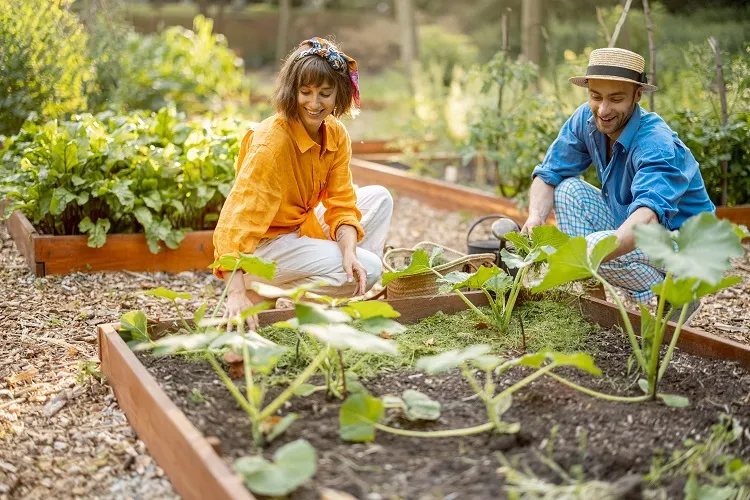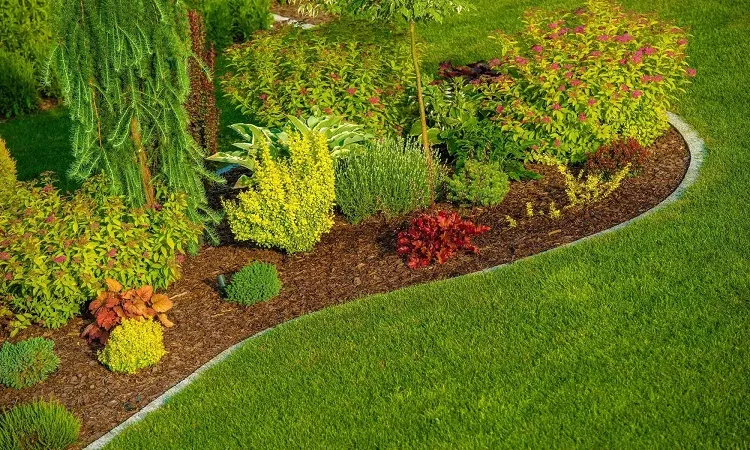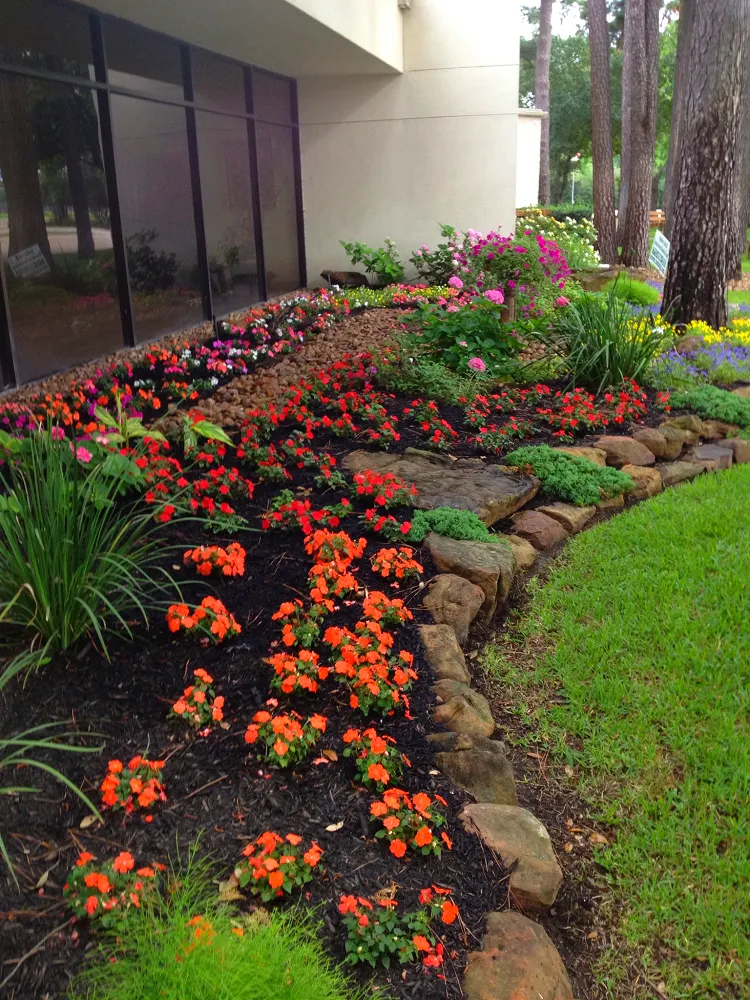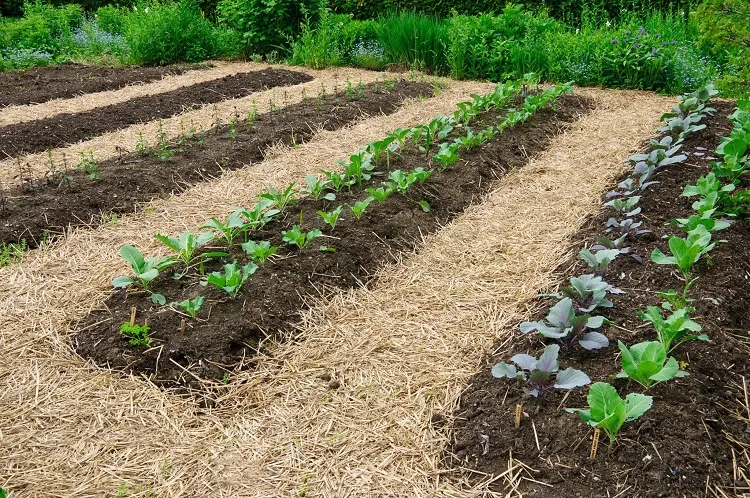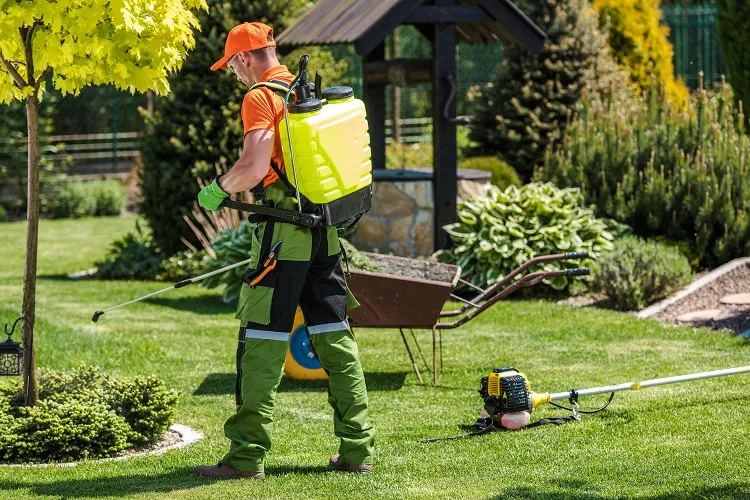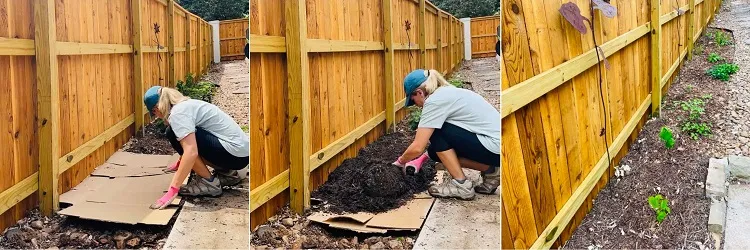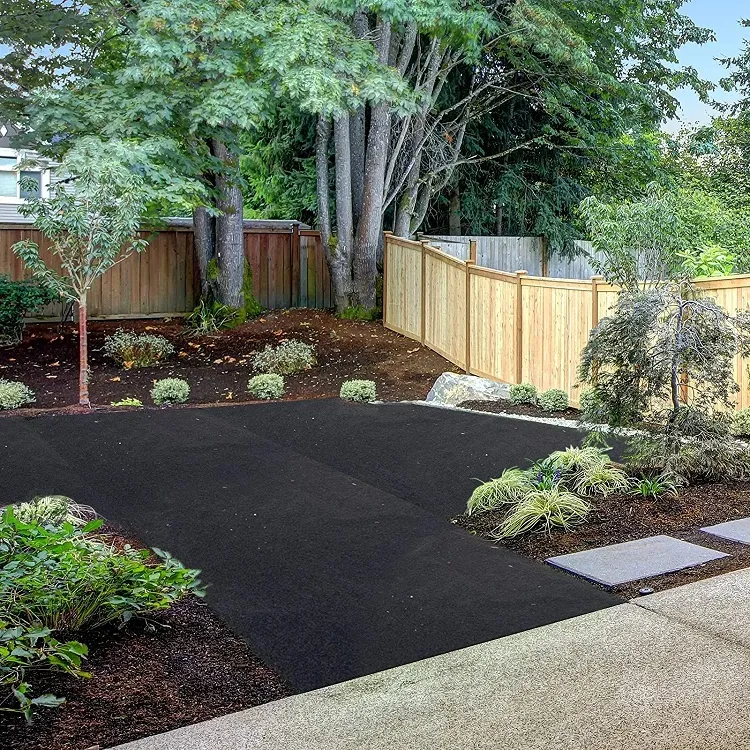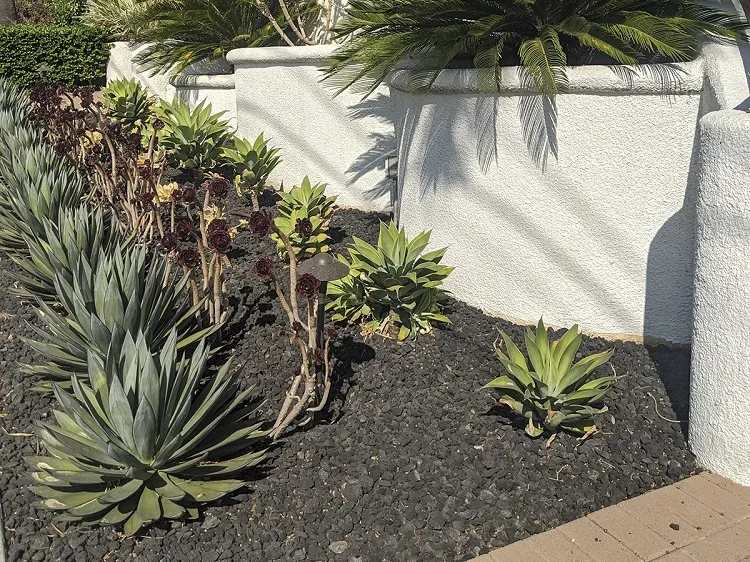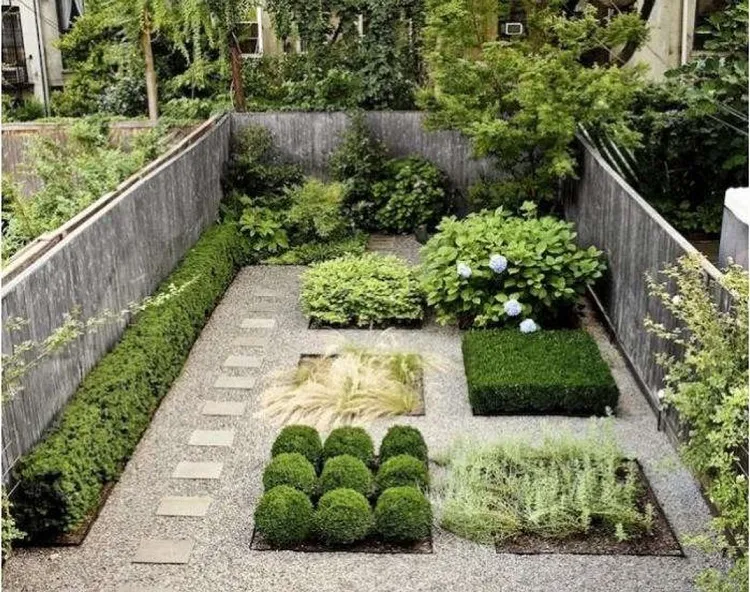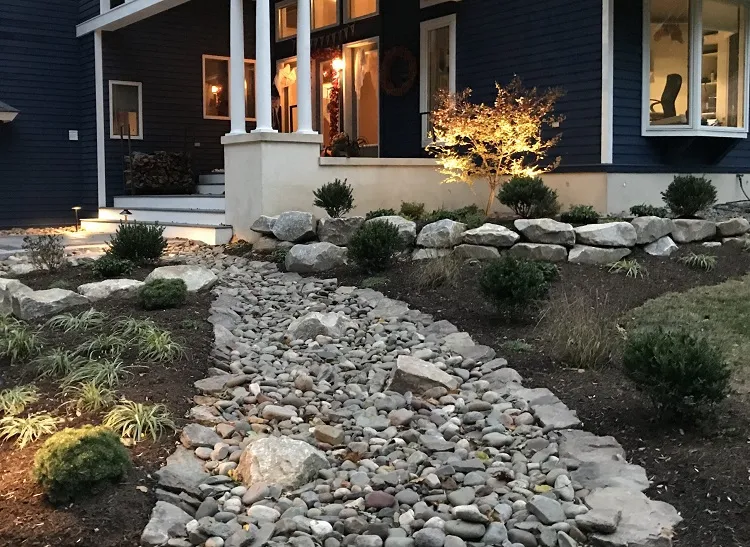Whether you’re someone with years of landscaping experience, or you’re just now starting to find your feet in the gardening realm, inevitably, at some point you’ll be faced with the germination of unwanted weeds. I’m sure you’ve put tremendous amounts of time and effort into setting up your garden, so understandably, the last thing you want is for it to become overtaken by rampant weeds. As far as I’m aware, pulling weeds is no one favorite activity. The good news is that there are many ways you can avoid this hassle and enjoy your fertile garden minus the hassle. Here are the easiest and most efficient methods that will help you part ways with the unwanted weeds once and for all!
Natural Landscaping Ideas to Prevent Weeds
One thing to keep in mind, especially if you’ve created a fresh bed with newly-emerging seedlings, is that it’s absolutely essential to keep the plants weed-free during the first month. A mainstream method that’s being vastly promoted is spraying our gardens with herbicides. Unfortunately, what’s often left unsaid about this method of weed control is that it’s quite dangerous and toxic, and not at all that effective. Here are some organic alternatives you can try instead!
Weed Control with Organic Mulch
Organic mulch contains natural living materials such as compost, pine needles, and bark chippings. The best mulch for weed control is pine straw. It has a thick texture which creates a solid layer that prevents the weeds from coming through. Keep in mind that over time this mulch can turn acidic, so it’s best suitable for acid-loving plants such as azaleas, rhododendrons, gardenias, begonias, and Japanese iris. Some acid-loving trees are magnolia, willow oak, beech, and dogwood.
Preventing Weeds in Flower Beds
If you’re trying to gain control over the weeds growing in your flower beds, we suggest you use bark mulch. It’s alkaline and incredibly cost-effective. Simply create a 5-inch (12.7 cm) thick cover and make sure it’s evenly spread around the flowers within the whole bed.
Preventing Weeds in Vegetable Gardens
For vegetable gardens, we suggest you use hay mulch. Vegetable gardens should be mulched at least twice a year when you start to feel drastic shifts in the temperature – during the spring and fall. All you need to do is spread evenly 9–10 inches (22-25 cm) of hay, and you’re done!
Home-Made Organic Herbicides
You shouldn’t have to risk your health in the name of maintaining a healthy garden, which unfortunately is what store-bought mainstream herbicides do. Instead, try out these natural homemade herbicides that will keep both your crops and your family healthy!
Salt Water
Add one cup of salt in 2 liters of hot water and let it dissolve. Once the water has cooled down, mix it with some liquid dish soap, pour it into a container with a spray pump, and spray the mixture generously onto the weeds. Be careful not to spray the plants and the soil, as nothing will spur out of an area sprayed with the concoction.
Vinegar
Mix 1 gallon (3.7 liters) of white vinegar with dish soap and a cup of salt. Put the mixture in a spray bottle and spray it onto the weeds. Again, make sure to keep it away from the plants and the soil.
Boiling Hot Water
It may sound too good and simple, to be true – but it’s a tried and tested method! It’s ideal for getting rid of the weeds that grow on sidewalks and patios. All you have to do is boil some water in a tea kettle and pour it directly onto the weeds. Repeat this a couple of times over a one-month period and the weeds will die off in no time!
Sheet Mulching
Credits: nativebackyards.com
Sheet mulching is a way of preparing the garden bed by covering it in cardboard. It’s ideal for both flower beds and vegetable gardens. First and foremost, collect plain non-glossy cardboard boxes and cut them into a size that’s going to fit the area where you’ll be placing them. All you have to do next is first get rid of all the unwanted large weeds. The easiest way to do that is by digging them out with a shovel. Cover the planting area with the cut-out boxes and then add a layer of mulch on top of it. Finish off by watering down the area and voilà!
Does Landscaping Fabric Prevent Weeds?
Plastic landscape fabric can suppress weeds that grow in the ground, however, it can not prevent the rooting and growing of new seeds in the mulch that’s covering the fabric. Another downside of the landscaping fabric is that it’s made out of non-biodegradable materials which prevents the soil from receiving all the nutrients it requires. This will lead to further damage to your plants and produce.
Best Landscaping Rocks to Prevent Weeds
For weed control, it’s best to choose stones that are no larger than 2 inches (5 cm). The smaller the stones, the less space there is between them which prevents the weeds from penetrating the rock barrier. Some of the most suitable rocks for landscaping are lava rocks, pea gravel, or small river rocks. All you have to do is place a thick 4-inch (10 cm) thick layer of rocks on top of cardboard, newspaper, or bark mulch. Avoid using big rocks as the gaps between them will leave room for the weeds to spur through!
Landscaping with Black Lava Rocks
Landscaping with Pea Gravel
Landscaping with River Rocks

